My journey in photography started as an attempt to take photographs that I would have personal connection with, that could be used to remember a time or share my perspective on the world. I already had a DSLR, with which I could recreate accurately a wide range of scenes. I felt the allure of film, but wasn’t yet serious or experienced enough to invest in what would become an expensive pass-time. Instead, I decided that an early digital camera might be what I was looking for.
I had read about the Sony Mavica range of cameras through my general interest in quirky old electronics. First released in 1997, Mavicas were designed for digital photography but without costly storage media. Floppy disks were cheap, ubiquitous and portable; and on the original 640×480 resolution models could store dozens of images. Backing up this gimmick, the cameras boast some decent optics and solid point and shoot functionality. With a limited understanding of the finer points of photography, this all seemed ideal. I picked up my unit on eBay for a paltry £25, working and complete.
It is a strange experience shooting with the Mavica. It’s bulky, the digital viewfinder screen is terrible, it’s slow, and people will definitely give you strange looks. It compensates for this by being a very freeing experience – as it’s so automated there is very little to think about besides composition and standing as still as possible. Many people have become enlightened to the stressless operation of point-and-shoots, and this old oddity is no different. I quickly learned to trust in the camera and let fate decide how the images might turn out. After all, was I not looking for the unpredictable results of a more primitive camera?
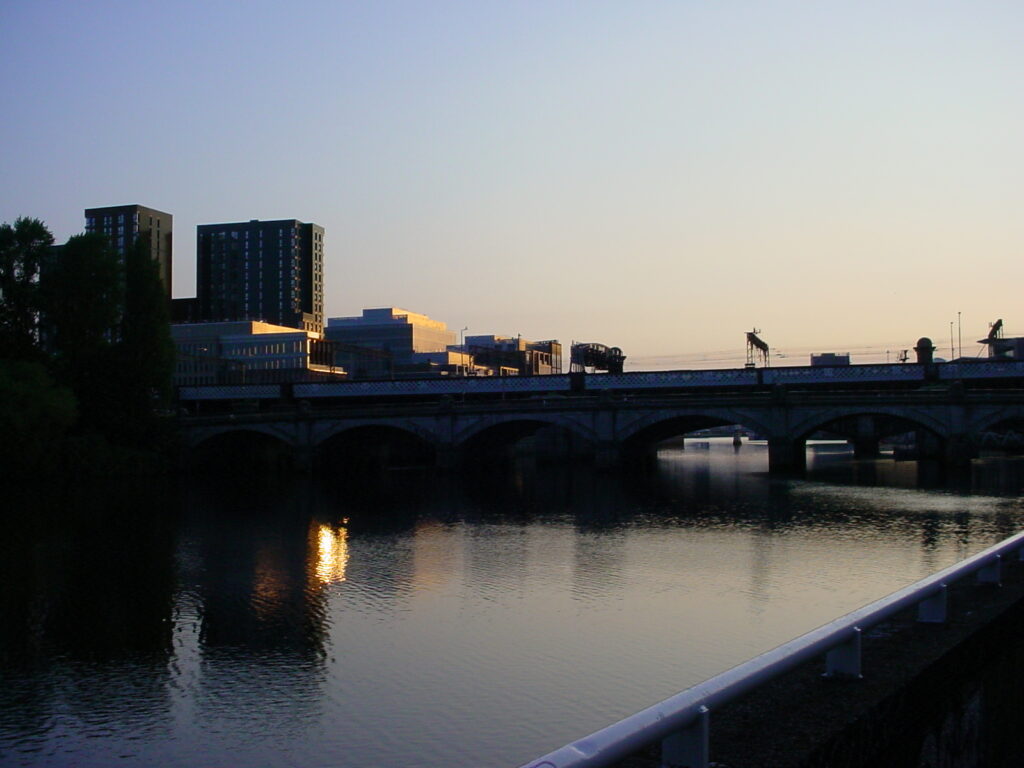
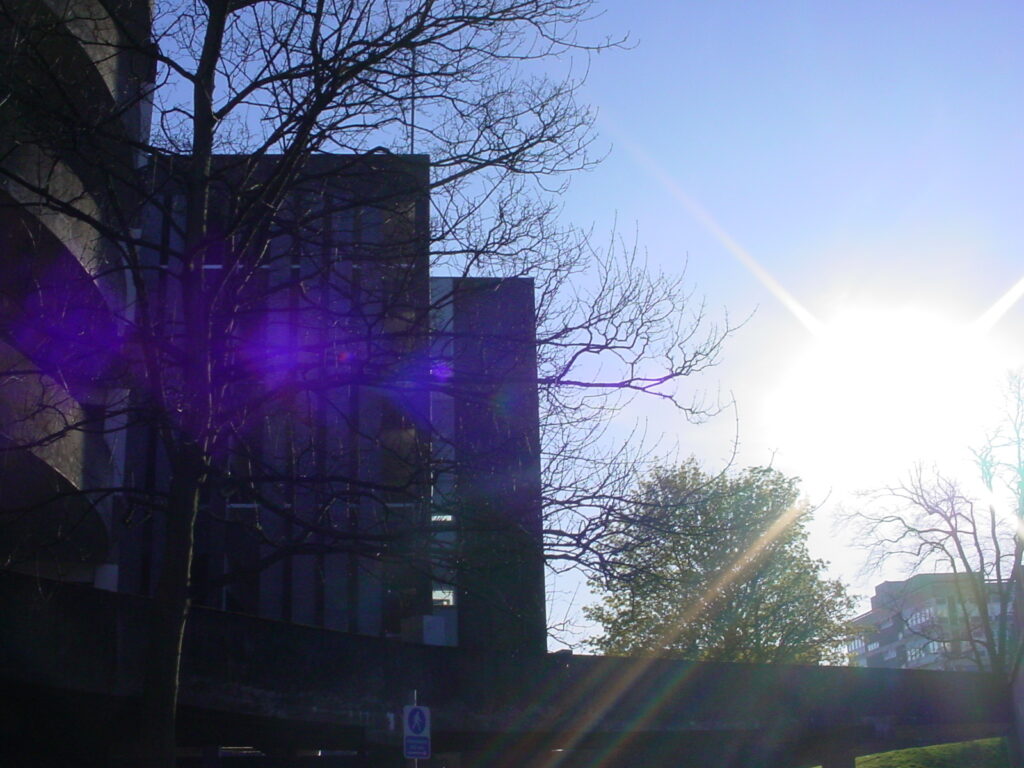
Well, I got what I was looking for. My first shots, taken in beautiful sunshine, were bold and characterful. Colours were saturated, gradients clean and details surprisingly sharp. The camera loved plentiful light and presented a dreamlike abstraction of the world. Dynamic range was low and tones inaccurate, but this didn’t bother me.
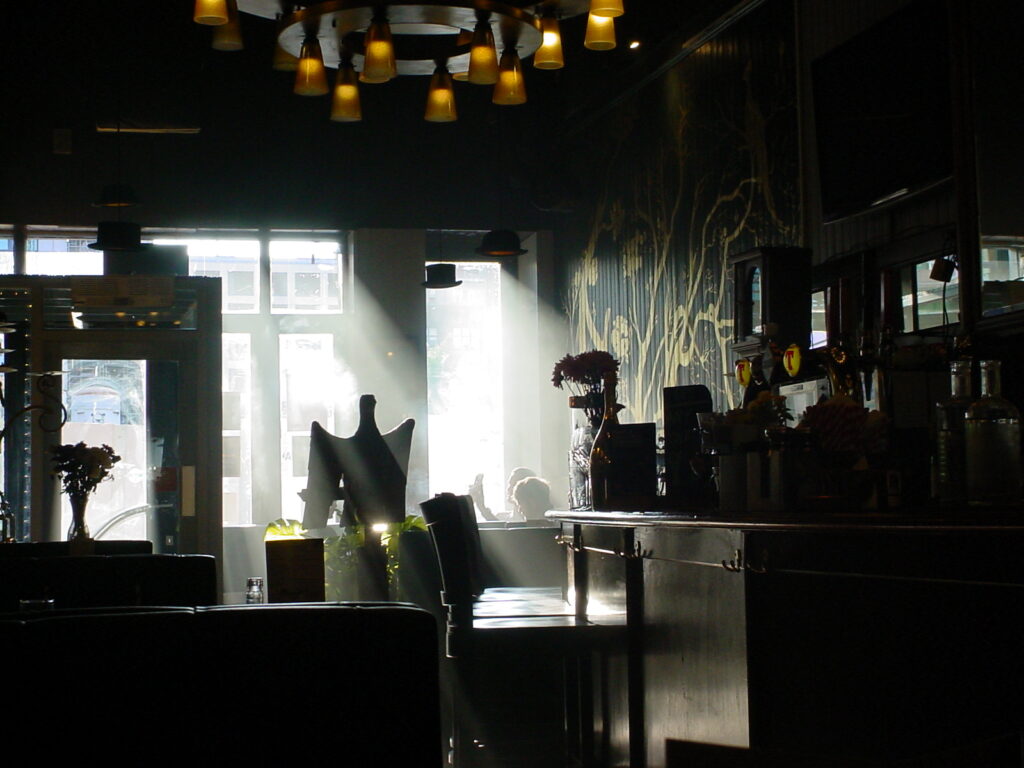
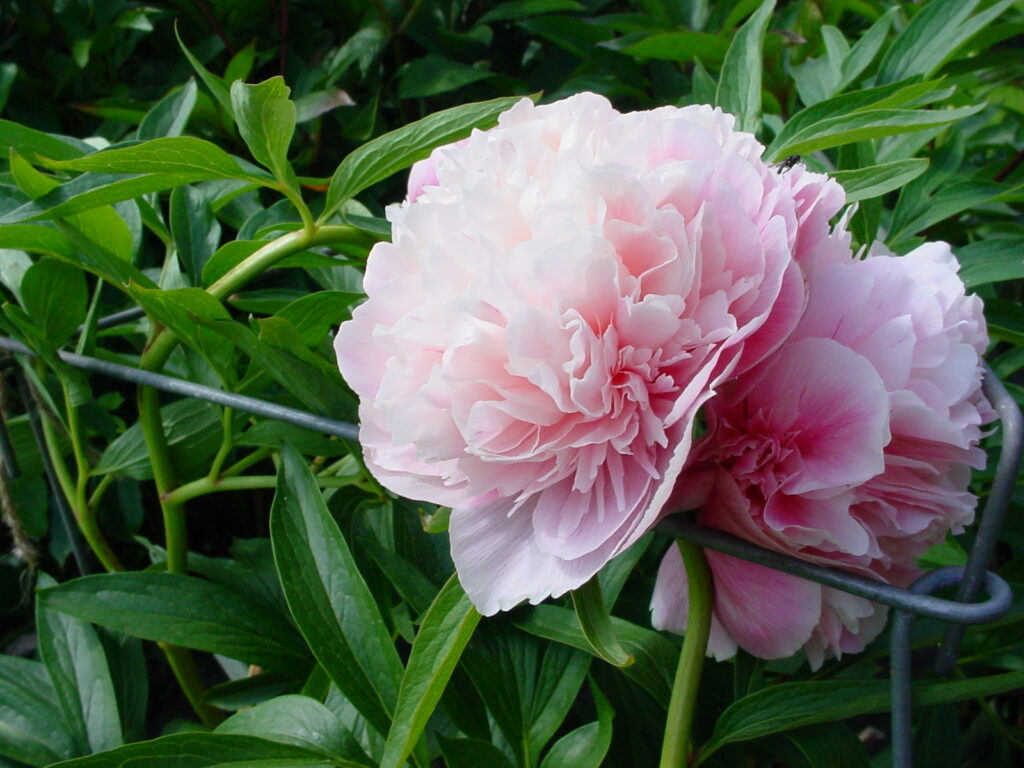
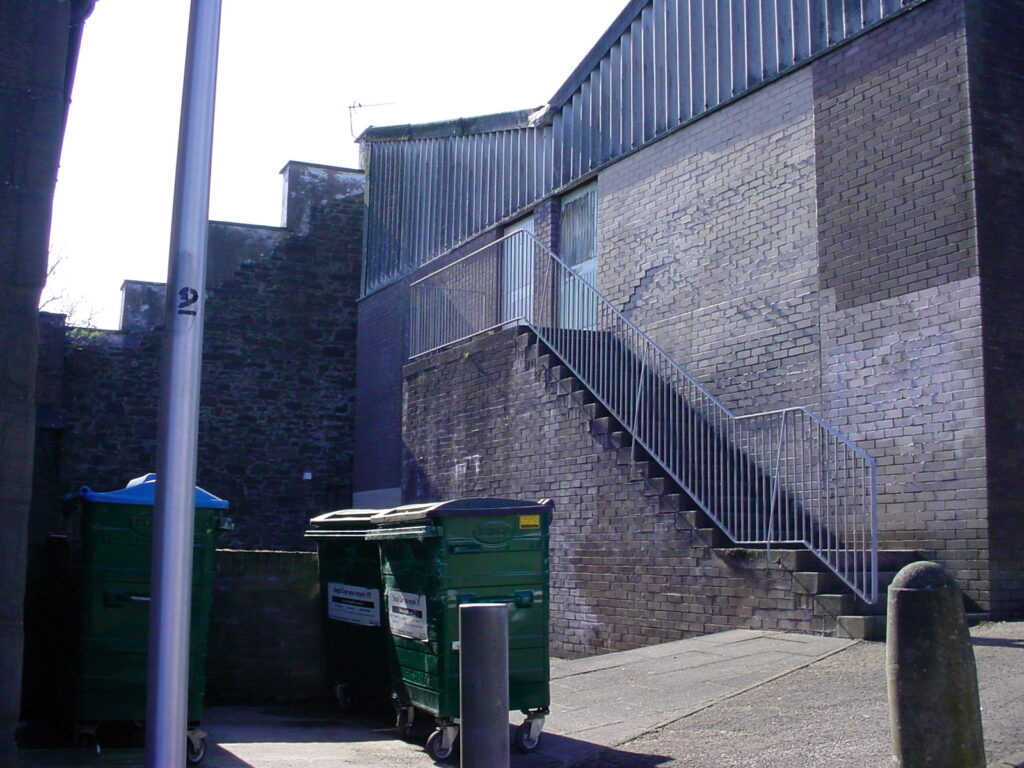
I had set out to create images with a distinct character using the quirks of an unusual and obsolete camera. I didn’t expect to gain a new respect for the importance of equipment in determining the outcome of art. In some ways you could say the artistic process here is influenced by the engineers who designed the equipment, and thus set the confines the artist works in. Rather than edit my images to achieve the look I wanted I had trusted this camera to use its capabilities to translate my intent as a budding photographer, and in doing so unwittingly used an uncertainty only this piece of equipment could provide. This concept eventually led me to an appreciation for different film stocks and their own unique qualities, and in turn to the greatest joy I have had out of this hobby. For that, I can’t thank the Mavica enough. It’s easy to recommend these fun, affordable cameras to a curious photographer looking for some fun and relaxed shooting.
Share this post:
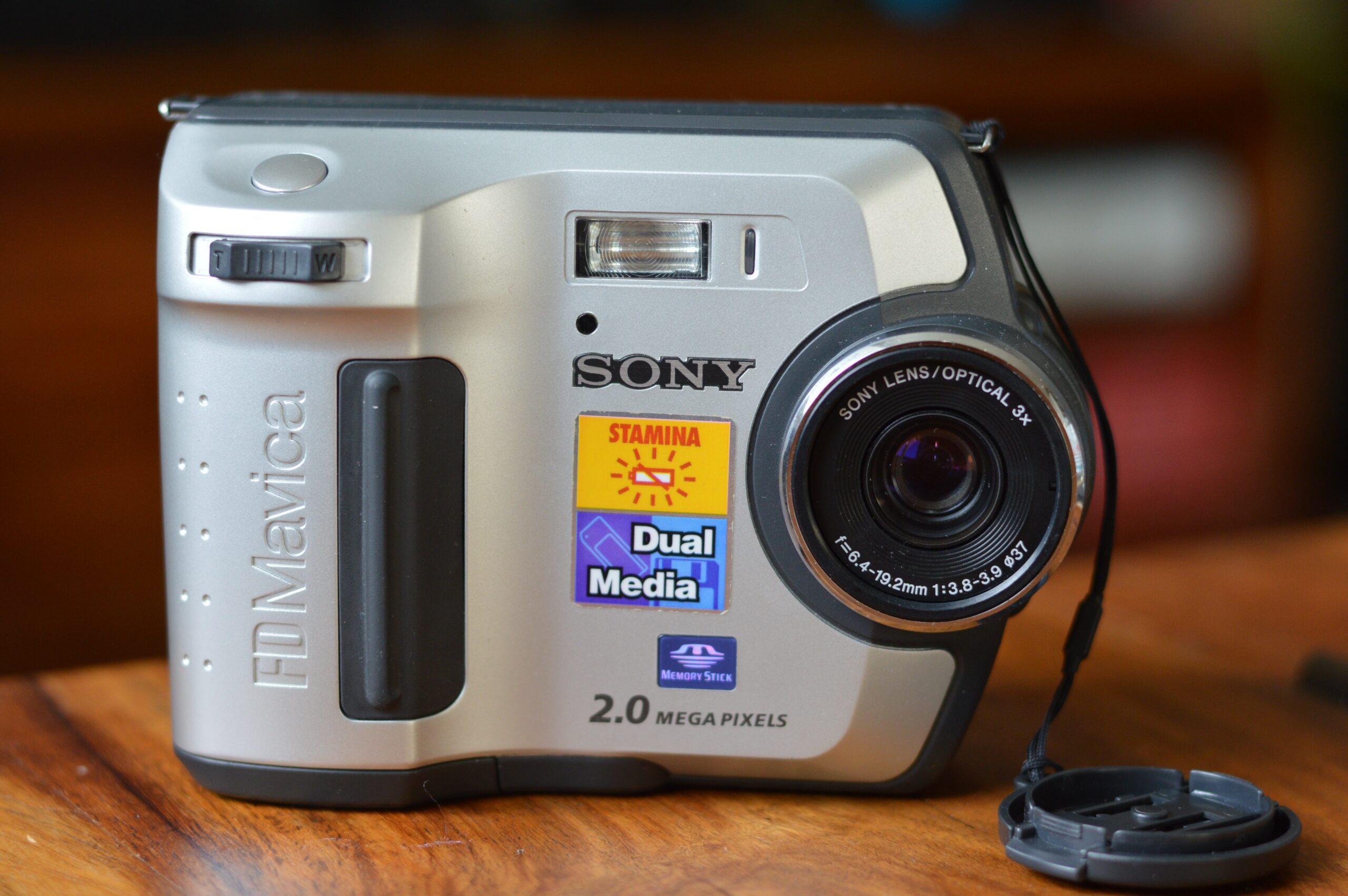








Comments
Philip on 5 frames with Sony Mavica MVC-FD200, and a lesson in trusting your equipment
Comment posted: 17/04/2024
Comment posted: 17/04/2024
Ibraar Hussain on 5 frames with Sony Mavica MVC-FD200, and a lesson in trusting your equipment
Comment posted: 17/04/2024
Very pleasing compositions
thanks. I've also got the digicam buzz
Comment posted: 17/04/2024
Charles Detheridge, Suffolk, UK. on 5 frames with Sony Mavica MVC-FD200, and a lesson in trusting your equipment
Comment posted: 17/04/2024
Comment posted: 17/04/2024
Paul Quellin on 5 frames with Sony Mavica MVC-FD200, and a lesson in trusting your equipment
Comment posted: 18/04/2024
Comment posted: 18/04/2024